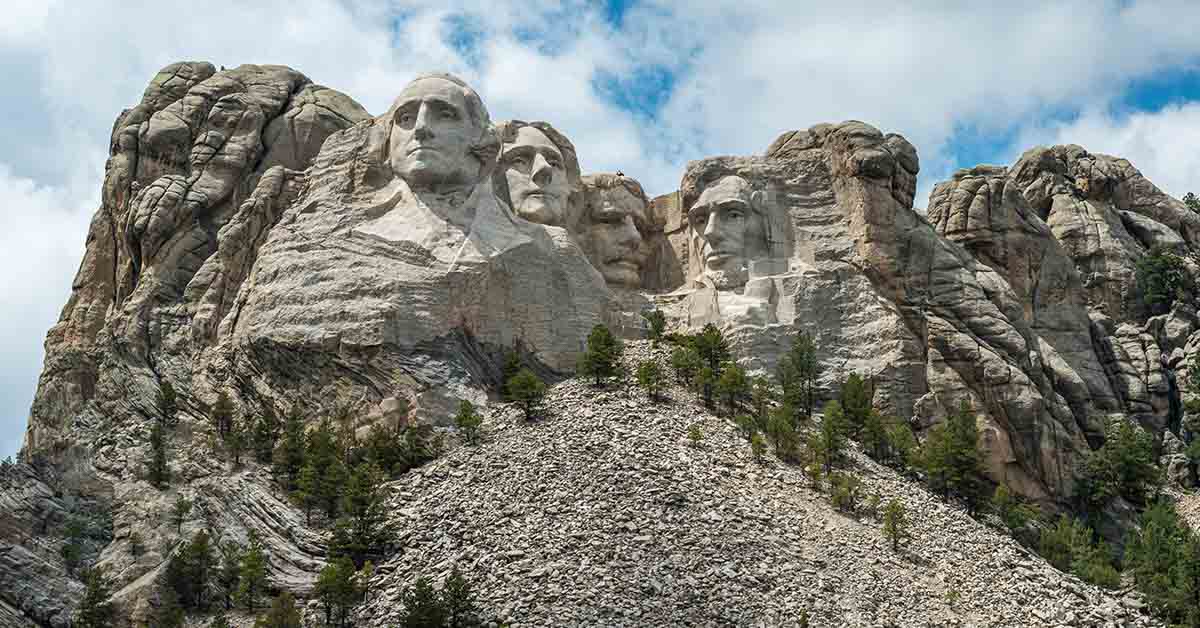Mount Rushmore, with its towering presidential visages etched into the granite of the Black Hills, stands as an enduring symbol of American pride and perseverance. Yet, beneath the surface of this iconic landmark lies a lesser-known narrative—one that reveals the intricate planning, financial challenges, and artistic aspirations that shaped its evolution.
In this exploration, we embark on a journey to unearth the original vision conceived by sculptor Gutzon Borglum, shedding light on the tantalizing glimpses of Mount Rushmore’s past that have captivated the imagination of the public. Join us as we delve into the fascinating tale of Mount Rushmore’s inception, from its conception as a tribute to national greatness to the unforeseen hurdles that altered its course, ultimately leaving behind a legacy both celebrated and contested.
Read More: Footage Shows Sub On Ocean Floor Come Into Contact with ‘Deep-Sea Monster’ Predating Dinosaurs
Mount Rushmore: An Iconic American Landmark
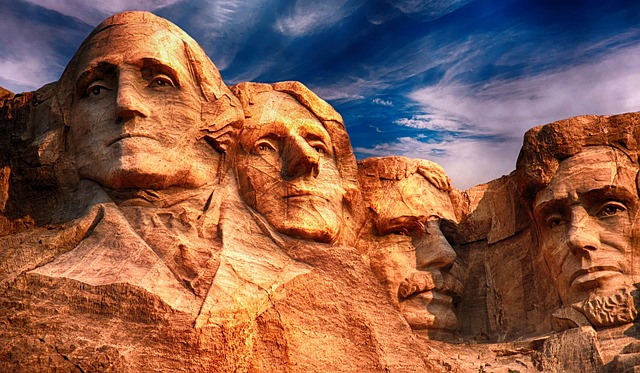
Mount Rushmore stands as a symbol of American patriotism and history. It attracts millions of visitors annually to the Black Hills region of South Dakota. Crafted between 1927 and 1941 by sculptor Gutzon Borglum and his son, Lincoln Borglum, this monumental sculpture features the carved faces of four revered American presidents. They are George Washington, Thomas Jefferson, Theodore Roosevelt, and Abraham Lincoln. Each visage, towering approximately 60 feet tall, embodies a significant era in American history. It covers Washington’s leadership during the Revolutionary War to Lincoln’s endeavors in preserving the Union during the Civil War.
Unveiling the Original Design: A Viral Revelation
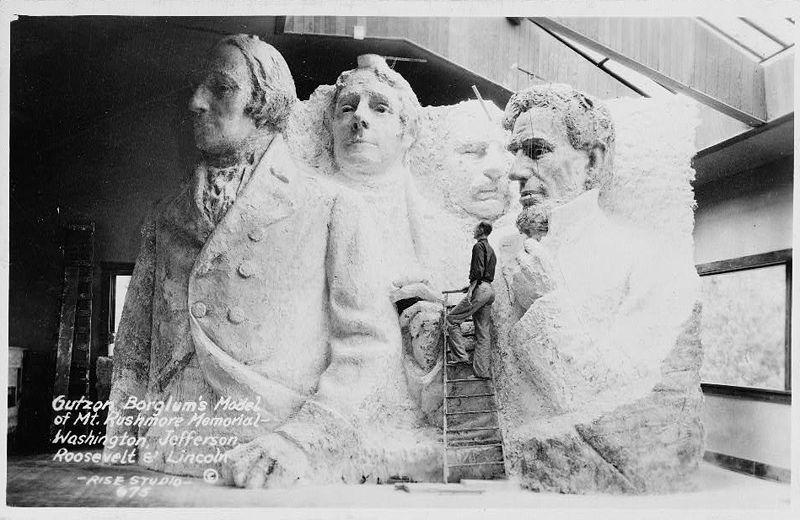
Recently, a resurgence of interest emerged surrounding Mount Rushmore’s original design, sparking discussions across social media platforms. An archival photo depicting the preliminary design carved in plaster unveiled a striking difference from the final sculpture. In the original concept, the presidents were envisioned with more than just their heads carved into the mountainside. Their torsos, adorned in period-specific clothing, were meant to be prominently displayed. Additionally, the design included a grand entablature detailing pivotal moments in American history. It would further enrich the narrative embedded within the monument.
Read More: 35 Maps That Show Us Lesser Known Facts About America
Funding Challenges and Adaptations
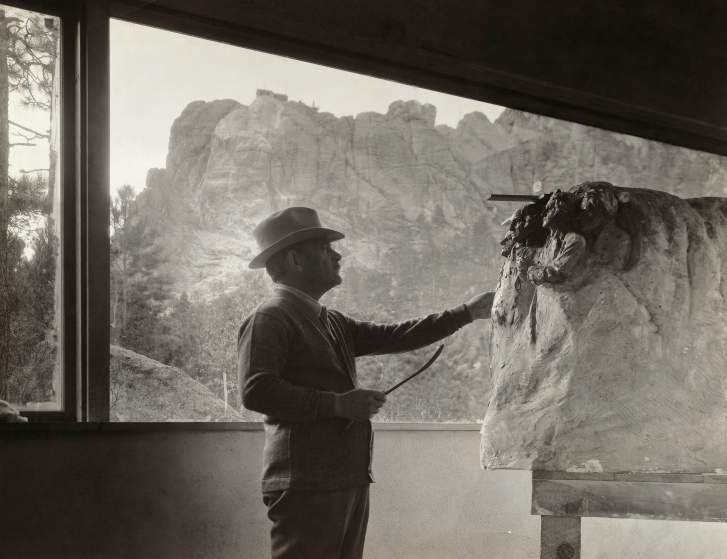
Despite initial plans for federal funding, sculptor Gutzon Borglum opted for a combination of public and private financing, a decision that would later pose challenges. With the onset of the Great Depression and fluctuating financial support, the project encountered setbacks. Geological obstacles further complicated the construction process, necessitating adjustments to the original design. As resources dwindled and World War II loomed, Borglum’s vision faced increasing constraints. Ultimately, the completion of the monument on October 31, 1941, marked the culmination of years of perseverance amid adversity.
Controversies Surrounding Mount Rushmore
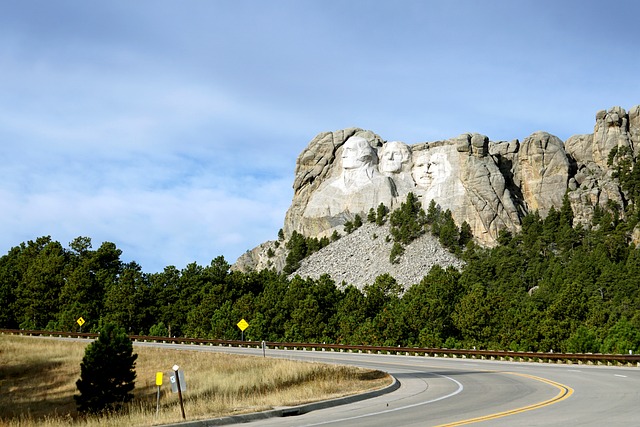
While celebrated as a national treasure, Mount Rushmore’s legacy is not devoid of controversy. Built upon land sacred to the Native American Sioux Nation, the monument’s creation reflects a history of dispossession and cultural appropriation. Formerly known as Six Grandfathers Mountain to the Lakota people, the site held profound spiritual significance before its transformation into a symbol of American exceptionalism. The enduring tensions surrounding land rights and historical injustices underscore the complexities embedded within this iconic landmark.
Reflecting on an Alternate Vision
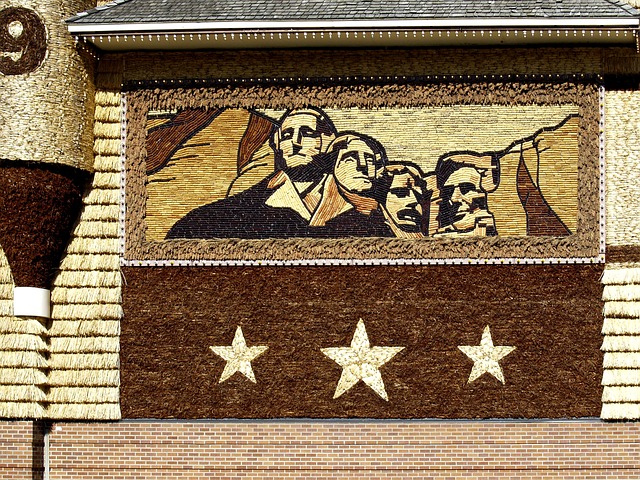
In light of the recent discourse surrounding Mount Rushmore’s original design, questions arise about the alternate trajectory it might have taken. Speculations abound regarding the impact of retaining the full-body sculptures and elaborate entablature envisioned by Borglum. While the monument’s current form serves as a testament to American history, the unrealized potential of its initial concept invites contemplation and introspection. Perhaps, amid debates over preservation and commemoration, revisiting the past offers insights into the evolving narrative of national identity and collective memory.
Read More: Oldest Mall In America Turned Into Tiny Homes
This content has, in part, been generated with the aid of an artificial intelligence language model. While we strive for accuracy and quality, please note that the information provided may not be entirely error-free or up-to-date. We recommend independently verifying the content and consulting with professionals for specific advice or information. We do not assume any responsibility or liability for the use or interpretation of this content.
